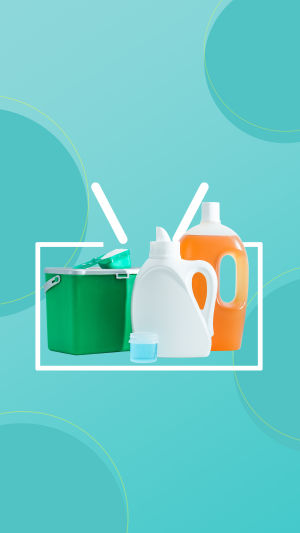The first thing you need to do is to make sure that you have a good idea of what you are doing.
The actual fact is that you can get rid of the dirt on your clothing, and now the laundry has a brightening and other effects.
So the clothes washed with it are brightly colored, and there is a strong fragrance.
Laundry detergent has therefore become the laundry product of choice for families.
For the role of washing powder, do you want to know if it has a bactericidal effect?
Laundry detergent does not have a bactericidal effect, it just has a cleaning effect.
The main components of washing powder are the active ingredients, which are the main components of the detergent.
The active ingredients are a group of substances called surfactants, which weaken the adhesion between the stains and the laundry.
So that the stains are removed from the laundry under the action of the washing water stream and mechanical forces such as hand rubbing or washing machine agitation, thus achieving the purpose of washing the laundry.
Laundry detergent is the largest component of laundry detergent, generally accounting for 15-40% of the total composition.
The main function of the detergent aid is to soften the water by binding the hardness ions contained in the water, thus protecting the surfactants and making them most effective.
The so-called phosphorus and phosphorus-free detergents actually refer to whether the detergent aid used is phosphorus-based or non-phosphorus-based.
In addition, to containing buffering ingredients, common stains on clothing are generally organic stains, such as sweat, food, and dust.
Organic stains are generally acidic so washing solutions are alkaline to facilitate the removal of such stains, so laundry detergents are formulated with a considerable amount of alkaline substances.
Commonly used are soda ash and water glass.
There are also synergistic ingredients, and in order to provide detergents with better and more washing-related properties, more and more detergents contain special functional ingredients that effectively enhance and improve the detergent's washing performance.
Kitchens and washrooms are always wet and most likely to harbor bacteria.
Laundry detergent has the property of absorbing moisture, so we can simply place it in damp places such as sinks.
Where it will not only absorb moisture but also remove odors with its own fragrance.
The floors in your home are always stained with odd oil stain and cleaning is always tricky, especially on wooden floors.
Simply spray laundry detergent on your wooden floors and clean up with a mop to remove stubborn grease and prevent insects, it's fantastic!
Laundry detergent contains sodium alkyl benzene sulphonate, which effectively kills pests.
Simply mix 1g of laundry detergent with 400 ml of water and spray it on the leaves of the vegetation.
Once a fortnight, it will effectively remove the flies from your potted plants.
Laundry detergent is very alkaline, and with the addition of rubbing agents, it is more effective in removing dirt and oil.
However, added ingredients such as surfactants, detergents, stabilizers, brighteners, fragrances, and enzymes are chemical ingredients that act like a 'double-edged sword' and can have a detrimental effect when exposed to them for long periods of time.
In addition, these alkaline substances can form precipitates with hard water, and too many alkaline substances can lead to the formation of large amounts of precipitates during washing, which in turn makes washing less effective.





